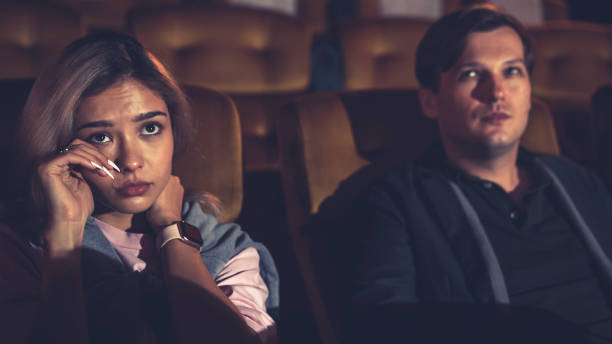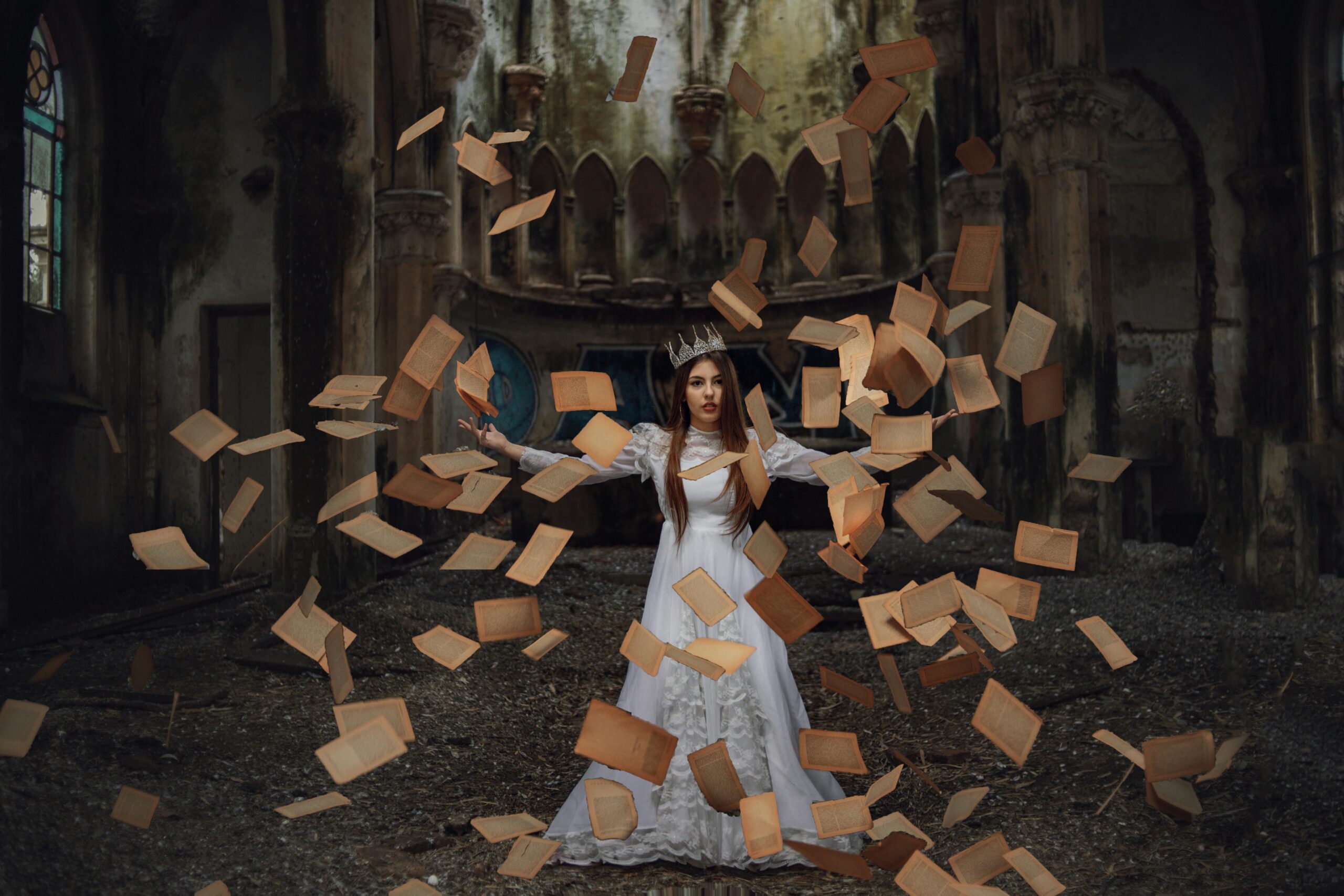In a world dominated by dialogue and special effects, it’s easy to forget the quiet intensity of a single glance .
Before characters speak their first words or take their first steps into conflict or romance, there is often a moment — sometimes just a second — where eyes meet , and everything changes .
This article explores the timeless power of eye contact in classic cinema , how filmmakers used it to build tension, spark love, and convey emotion without saying a word. We’ll look at iconic scenes, analyze how directors used this subtle tool, and reflect on why a simple look can say more than a monologue .
Why Eye Contact Matters in Film
In real life, eye contact is one of the most powerful forms of nonverbal communication. It signals interest, builds trust, and conveys emotion with incredible depth.
In film, especially in classic cinema , where dialogue was sparse and visual storytelling reigned supreme, eye contact became a language all its own .
1. It Creates Emotional Connection
Even before two characters share a word, a shared glance can establish chemistry. Think of the first time Rhett Butler (Clark Gable) looks at Scarlett O’Hara (Vivien Leigh) in Gone With the Wind — not with admiration, but with knowing amusement. In that one look, we understand he sees through her charm.
2. It Builds Suspense
A lingering gaze between rivals, enemies, or lovers can create tension without needing a single line of dialogue. Consider the silent stare-downs in Westerns like The Good, the Bad and the Ugly , where eyes alone tell us everything we need to know about who’s ready to draw first.
3. It Conveys Unspoken Emotion
In films where dialogue was limited by censorship or style, actors had to rely heavily on facial expressions and eye movement to communicate desire, fear, or longing.
Therefore, in classic cinema, the eyes weren’t just windows to the soul — they were the story itself .
Iconic Moments Where Eye Contact Spoke Volumes
Let’s revisit some legendary moments in film history where a single look changed everything.
1. Casablanca (1942) – Rick and Ilsa Reconnect
When Ilsa (Ingrid Bergman) walks into Rick’s (Humphrey Bogart) café for the first time since their Parisian romance ended, there’s no dramatic music, no long speeches — just a pause, and then a look.
Their eyes lock. The world stops.
That moment tells us:
- Rick still loves her.
- Ilsa regrets leaving.
- Neither is ready to face what comes next.
No words needed.
2. Roman Holiday (1953) – A Princess Meets a Reporter
Audrey Hepburn’s Princess Ann locks eyes with Gregory Peck’s Joe Bradley while under the influence of truth serum. It’s playful, innocent, and full of possibility.
That look begins a journey — not just across Rome, but toward emotional vulnerability. It says:
“I don’t know you yet… but I want to.”
3. Notorious (1946) – Hitchcock’s Lingering Glances
Alfred Hitchcock understood the weight of silence. In Notorious , Ingrid Bergman and Cary Grant share a kiss that lasts three minutes — an eternity in film. But even more telling are the glances between them when they’re not touching.
Their eyes say everything:
- Distrust turning to trust
- Duty clashing with desire
- Love growing despite the danger
As a result, their romance feels inevitable — even if doomed.
4. Gone With the Wind (1939) – Scarlett and Rhett Lock Eyes
Rhett Butler doesn’t fall for Scarlett because of her words — he falls for her fire, her defiance, and above all, the way she looks at him . That unflinching gaze tells him she’s not like other women — and that she might be trouble.
And from that moment, the audience knows: these two are going to collide.
The Psychology Behind the Power of Eye Contact
Why does a simple glance feel so meaningful?
Science tells us that eye contact activates areas of the brain associated with social awareness, empathy, and emotional processing . Even in a fictional setting, our brains respond as if we’re part of the interaction.
Here’s what happens:
- Oxytocin release : Known as the “love hormone,” it rises during prolonged eye contact.
- Mirror neurons activate : We subconsciously mimic the emotions we see.
- Emotional resonance increases : Viewers feel the tension or tenderness more deeply.
Therefore, in classic cinema — where every frame was carefully composed — eye contact wasn’t just a moment. It was a narrative device .
How Directors Used Eye Contact to Tell Stories
Directors like Alfred Hitchcock , Billy Wilder , and David Lean understood that what isn’t said can be more powerful than what is.
They used techniques such as:
1. Close-Ups to Capture Intimacy
A close-up shot allows audiences to read every flicker of emotion in the eyes. This was essential in black-and-white films where color couldn’t carry mood.
2. Prolonged Stares Without Dialogue
Some of the most memorable cinematic moments are silent — defined only by the way two people look at each other.
Think of the final scene in Brief Encounter (1945), where Laura and Alec must say goodbye without ever raising their voices. Their eyes do all the talking.
3. Lighting and Framing to Highlight Faces
Classic lighting techniques — like key lighting and high contrast — made sure the viewer always saw the actor’s eyes clearly, drawing attention to their emotional state.
What Classic Films Teach Us About Human Connection
Beyond entertainment, classic films offer lessons in how humans connect — and how much we reveal through something as simple as a glance.
1. Eye Contact Can Be Intimate
Romantic glances in old Hollywood weren’t just flirtatious — they were loaded with meaning. One look could suggest mutual understanding, attraction, or even betrayal.
2. It Reveals Inner Conflict
Characters often use eye contact to show internal struggle. For example, in Sunset Boulevard , Norma Desmond (Gloria Swanson) stares into the camera in the final scene — breaking the fourth wall and revealing her descent into delusion.
3. Absence of Eye Contact Can Say Just as Much
Sometimes, what’s not seen is more telling. Characters avoiding eye contact can signal shame, deception, or emotional distance.
For instance, in Rebecca , Maxim de Winter avoids looking at the new Mrs. de Winter — signaling his lingering grief and emotional walls.
Lessons for Modern Filmmakers and Viewers
While modern cinema leans heavily on fast cuts, CGI, and rapid-fire dialogue, the classics remind us that emotion lives in the eyes .
1. Slow Down the Moment
Modern directors can learn from the restraint of classic films — letting the camera linger just a little longer on a character’s face.
2. Trust the Actor’s Eyes
Great actors don’t need lines to convey emotion — they only need to look the right way.
3. Let Silence Speak
There’s immense power in a scene where two people simply look at each other , allowing viewers to sit in the moment and absorb what’s being communicated without sound.
Likewise, audiences today should pay attention to those quiet moments — because they often hold the deepest truths.
Frequently Asked Questions
Q: Why did classic films rely so much on eye contact?
A: Because they had fewer tools to convey emotion — no special effects, minimal editing, and strict censorship. Eye contact was one of the most expressive ways to show connection or conflict.
Q: Does eye contact still matter in modern movies?
A: Absolutely — though it’s often used differently. Today, it may be used to emphasize a twist, highlight a lie, or build romantic tension.
Q: Can eye contact be staged effectively?
A: Yes, with great direction and acting. The best eye contact in film feels natural, but behind the scenes, it’s often carefully choreographed.
Q: Is eye contact different in black-and-white films?
A: Yes. Black-and-white cinematography often enhances facial expressions, making eye contact more impactful.
Q: Why do some characters avoid eye contact in films?
A: To show discomfort, guilt, or emotional distance. It’s a powerful visual cue that tells the audience something is off.
Final Thoughts: The Silent Language of Cinema
In classic cinema, eye contact was more than a visual detail — it was a form of storytelling .
From the smoldering looks of Marlon Brando to the delicate glances of Audrey Hepburn, film taught us that connection doesn’t always require words .
So the next time you watch a movie — whether it’s from the golden age of Hollywood or a modern indie gem — pay attention to the eyes.
Because sometimes, the most powerful moments happen in complete silence





